Talk Overview
Every time a cell divides, its genomic DNA must be completely, accurately and rapidly duplicated. This feat is completed by an amazing, multi-enzyme nanomachine, called the replisome. The replisome includes one DNA helicase, one RNA polymerase and three DNA polymerases, as well as numerous non-enzymatic proteins, all of which work together at the DNA replication fork. In Part 1a, Dr. Bell gives an excellent, step-by-step description of the function of each replisome protein at the bacterial replication fork.
In Part 1b, Bell focuses on the initiation of DNA replication. At the site where replication begins, chromosomal DNA is separated into two single strands. Two replisomes are then assembled on the DNA and they move away from each other in opposite directions. Bell describes how the sites for the initiation of replication are identified, how the helicase is loaded and activated, and how the replisome is assembled. As he explains, these events are significantly more complicated in eukaryotes than bacteria.
In his last talk, Dr. Bell describes an assay developed in his lab to study eukaryotic DNA replication at the single molecule level. Using this assay, Bell’s lab has determined the detailed process by which eukaryotic DNA helicase loads on DNA and begins the replication process.
Speaker Bio
Stephen Bell
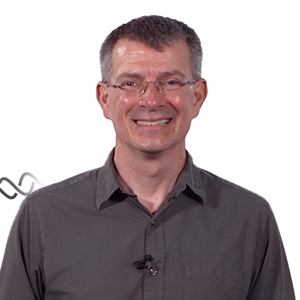
Dr. Bell is Professor of Biology at the Massachusetts Institute of Technology and an Investigator of the Howard Hughes Medical Institute. His lab studies the assembly of multi-protein complexes called replisomes that are responsible for replicating eukaryotic chromosomal DNA, and the regulation of this process to ensure that each chromosome is accurately and completely replicated… Continue Reading
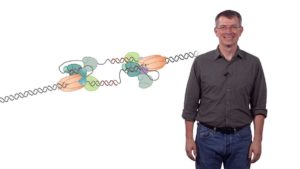
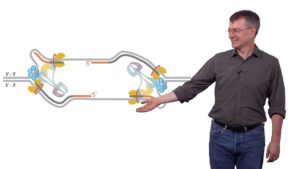
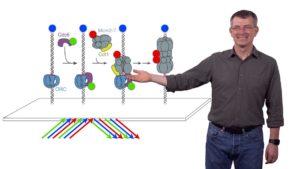
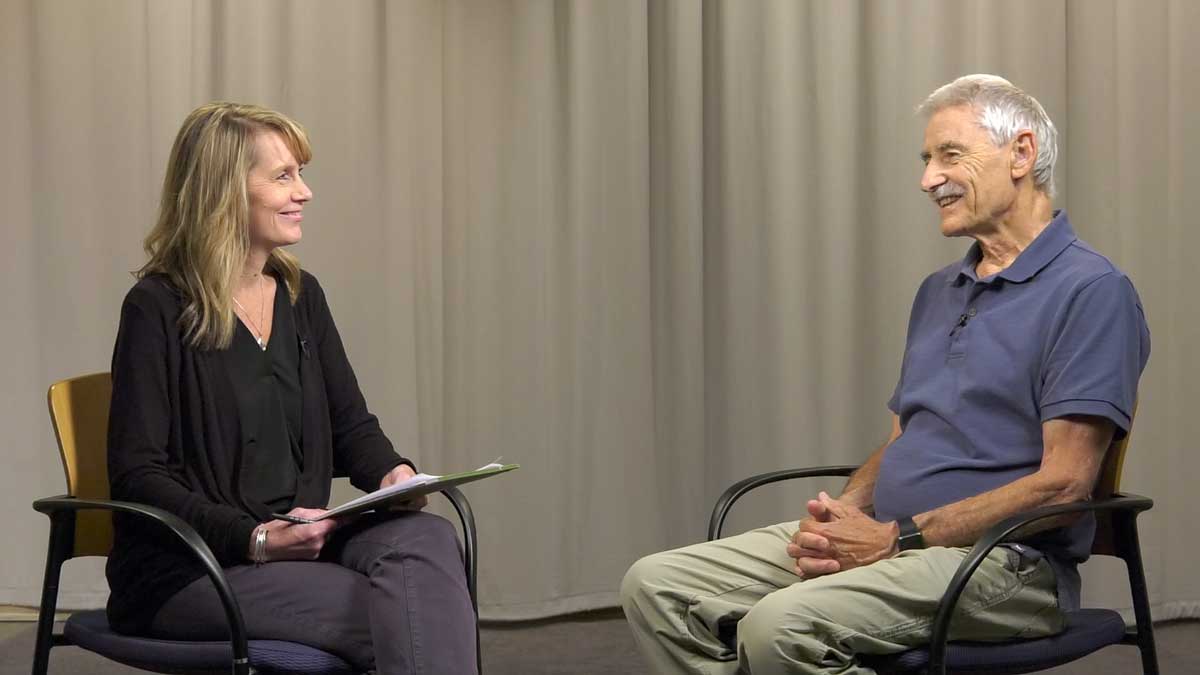

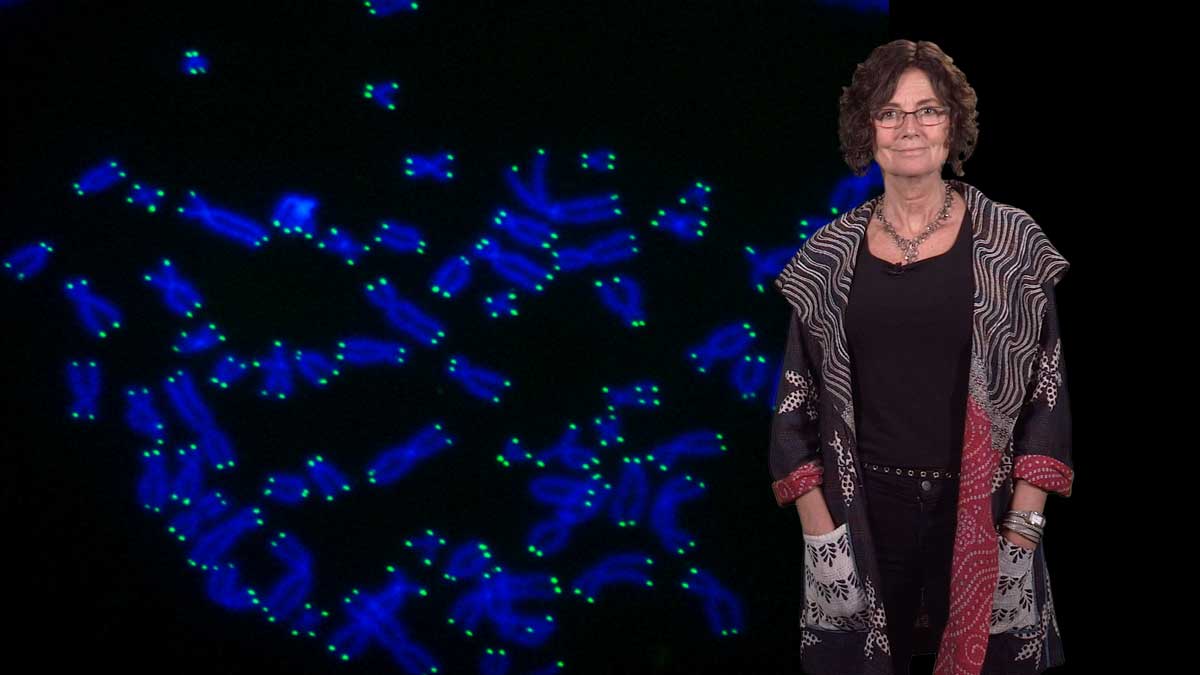
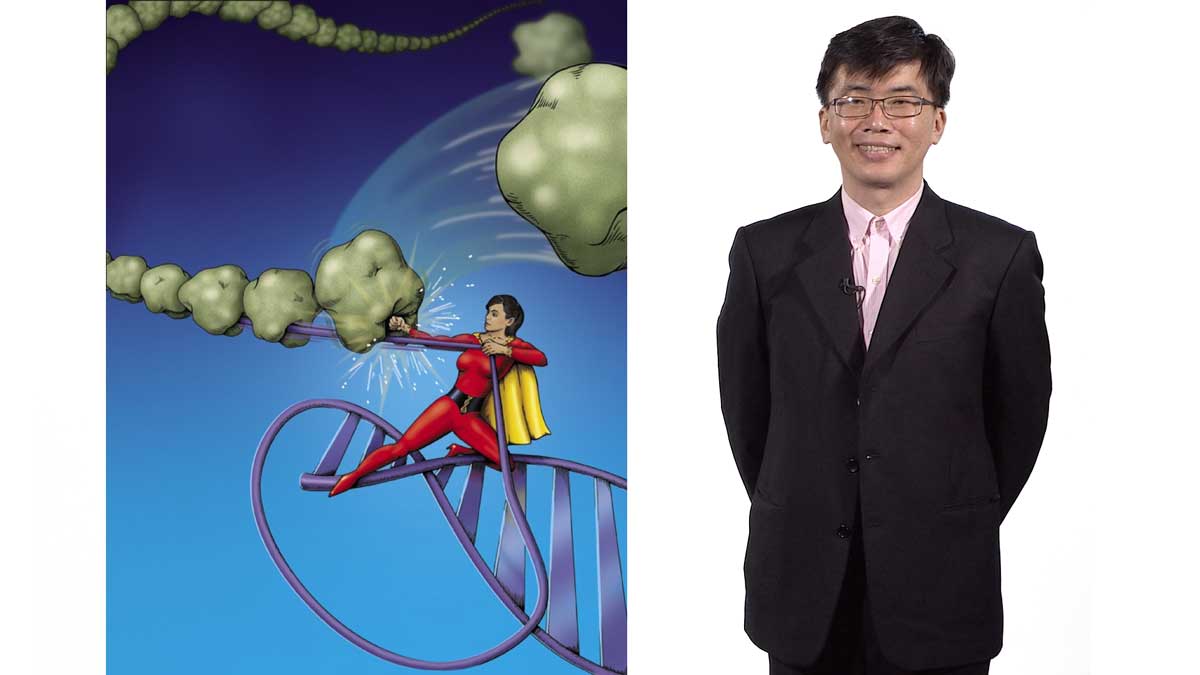





Pa says
Thank you so incredibly much for the wonderful lectures! It’s so hard to find good material on the internet ( material that I feel I can trust too! I hope this is still up to date, but realise things are constantly being discovered etc ). I love the way Professor Bell describes it all & the animations are fantastic- I like to know the ‘why’ and everything behind the mechanics, not just the basic step by step process ( I hope that makes sense!). I did molecular genetics and biotechnology at University. Unfortunately, I have been quite unwell and haven’t been able to work at all ( long term illness). I have recently had an urge to refresh and learn more about everything- so seriously thank you so much for these lectures. I have now enrolled in the Ed ex course Replication and repair that professor Bell teaches and I can’t wait to start ( mid July it commences). I really hope I am able to keep up with it after not studying for so many years. May I ask, is there something I could or should do to prepare for it ( apart from the other recommended courses)??? Thank you so much again!
Finn Kirpekar says
Thanks!
It is far from easy to find a “correct” representation of the replication fork – even in a simplified version. This lecture/video is outstanding in capturing details and explaining in an easily understood manner.
jl brown says
By far the best description for my limited expertise in the area. For reference, when I was at the left coast MIT, the Okazaki story had not yet been disseminated and the DNA replication dogma , to me, was clearly flawed. I wound up going into medicine. Now I prefer genomics but there is not yet a place in genomics for me.